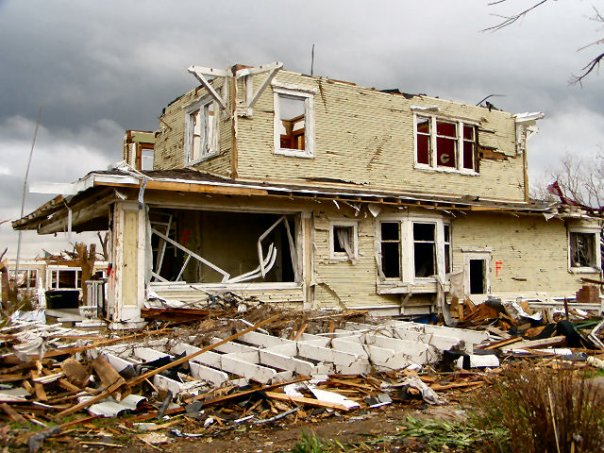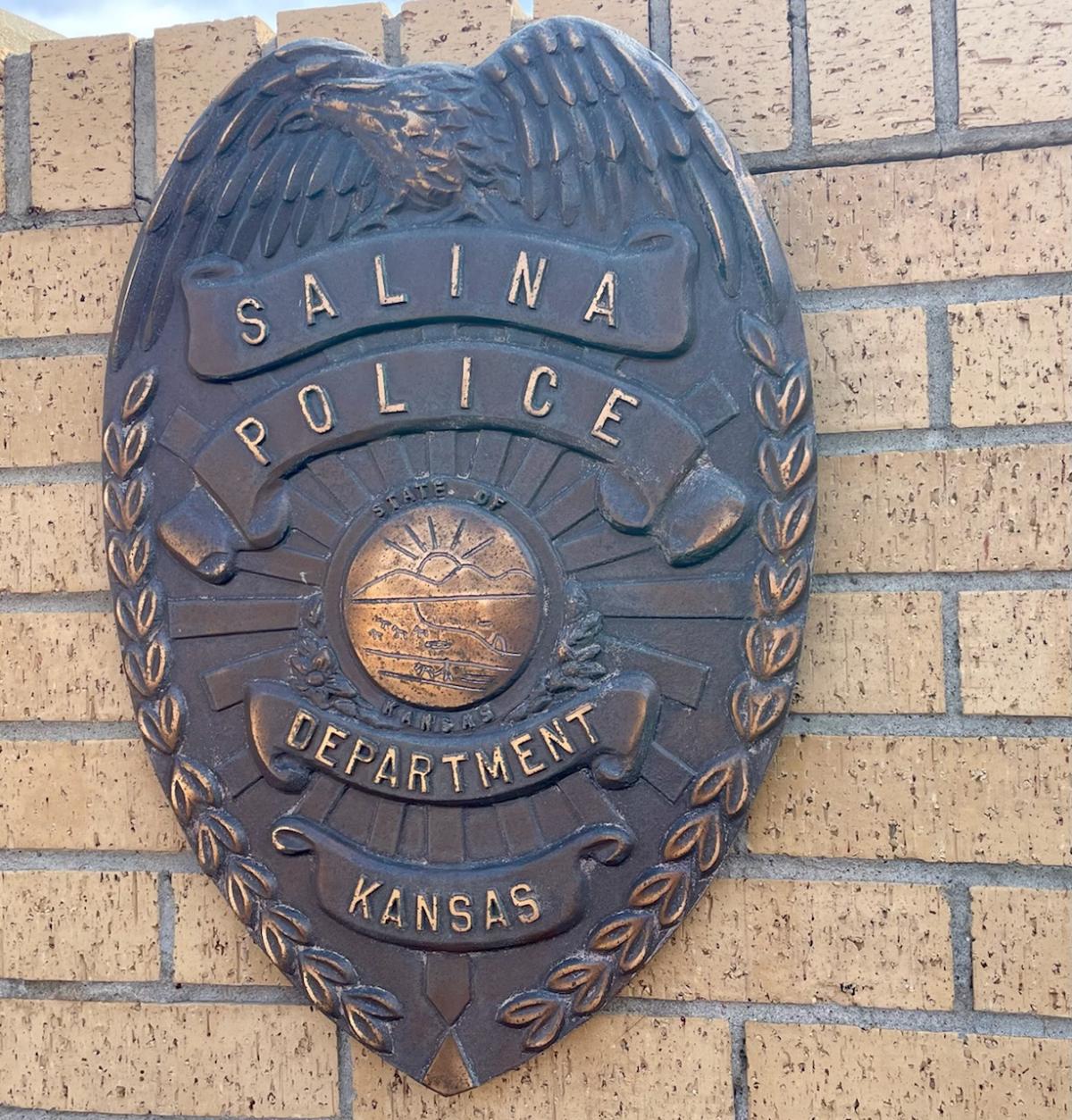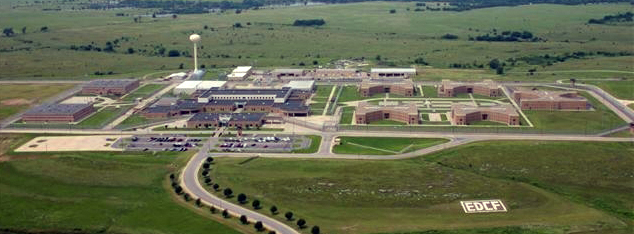No one needs to stretch their memory too far to see the devastation that can be caused when severe weather strikes. The recent arctic blast across many parts of the United States – and especially in Texas – is a blaring testimony to the destructive effects on communities and livelihoods.
“We don’t have to look further than February when we went from a frigid, arctic outbreak to mild, summer weather in the matter of a day,” said Mary Knapp, an assistant state climatologist at Kansas State University.
History proves that spring in Kansas comes with a variety of weather threats, including tornadoes, straight-line winds, hail, lightning, flash floods and more.
“The forecast for spring (March through May) in Kansas is that we will be drier and warmer than normal,” Knapp said. “That’s based on average conditions over the course of the season. But that does not preclude a storm event that would drop a lot of water in a very short time and produce flooding risks.”
Considering the unpredictable nature of weather, Knapp says it’s crucial to have a plan in place to deal with the potential effects of bad weather.
“One of the things that the National Weather Service recommends is that people review plans for themselves and their family to make sure everything is still in place and people know what to do,” Knapp said. “Go over with your friends and family what you will do for each of the different kinds of weather events, whether that might be a tornado alert, power outage, wind or flooding.”
Now is also a good time to check on emergency supplies.
“Check your weather radio to make sure you can receive alerts inside the location that you will be staying, such as the storm shelter or a safe room in your house,” Knapp said. “Sign up for emergency alerts (often sent by text message) that might be offered by your county emergency preparedness office.”
Knapp suggests buying a transistor radio, if you don’t already have one, and fresh batteries. A transistor radio will help you get local information from broadcast media in case power is not available. Think through the many ways you might receive information from local authorities.
“You don’t know which information source might be cut off,” Knapp said. “For instance, if a wind storm causes damage to cell towers, your cell phone may not have reception any longer. If you are relying on the Internet or cable and your power goes off, you won’t have access to computer or television.”
Knapp shared additional ideas for dealing with various weather events:
- Tornadoes – Plan on how family will communicate if the kids are at school and parents at work or you’re all out at the playground.
- Lightning – If you can hear thunder, lightning is close enough to strike you. You should be in an indoor facility, not an outdoor overhang or picnic shelter. You can also take shelter inside your car. Avoid contact with the ground.
- Hail – If you’re driving, get off the road as quickly as possible. Do not seek shelter under an overpass, because it creates a bottleneck and increases the risk of a traffic accident.
- Wind – Tornadoes get the bulk of the publicity, but straight-line winds can be every bit as strong and dangerous. If strong winds are in the forecast, take shelter as you would for a tornado warning.
- Flooding – Never drive into water that is covering a roadway. It’s difficult to know how deep the water is, and it takes less water than you think to sweep a car away. Also, it’s nearly impossible to know if the roadway is intact beneath the water. The National Weather Service has a campaign encouraging motorists who encounter flooded roadways to ‘Turn Around, Don’t Drown.’ If there’s water over a roadway, wait for it to subside or find an alternate route.
Knapp recommends keeping current with weather conditions in your area by visiting the website for the Kansas Mesonet, a network of more than 70 weather stations located throughout the state.
The National Weather Service also provides local weather information on its website.



